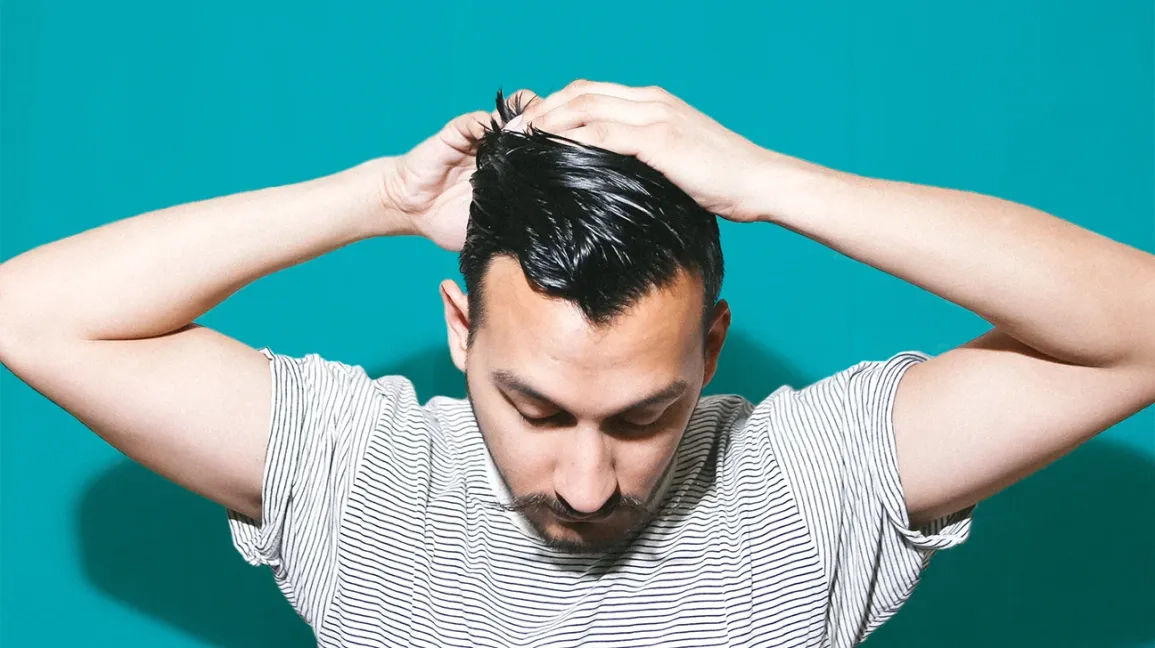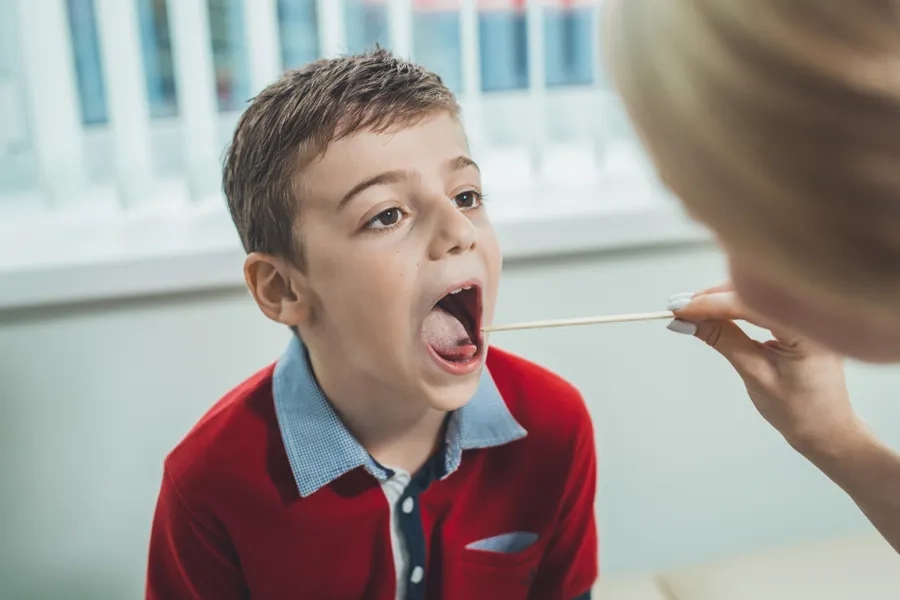Discovering Effective Hair Loss Treatments for Men

Combatting hair loss is possible with effective treatments tailored for men.
For numerous men, experiencing hair loss can be a source of frustration and discouragement. It can dent confidence and impact self-esteem. Thankfully, there are effective treatments available to combat hair loss. These treatments can either halt or slow down hair loss and, in some cases, even encourage new hair growth. Whether you're just beginning to notice hair loss or have been grappling with it for some time, there exists a treatment suited to your needs. Don't allow hair loss to undermine your confidence and contentment. Initiate your quest today to discover the optimal hair loss solution for you.
Rogaine
Rogaine stands out as one of the most renowned options for addressing hair loss, particularly among men. This topical solution contains minoxidil, an active ingredient proven to arrest hair loss and spur new hair growth. Although the precise mechanisms through which Rogaine fosters regrowth aren't entirely elucidated, research indicates that its anti-inflammatory properties, dilation of scalp blood vessels, and anti-androgenic effects may contribute to its efficacy.
A notable advantage of Rogaine is its user-friendliness and non-prescription status. It's available in solution or foam form, applied directly to the scalp twice daily. While results may take several months to manifest, consistent usage often yields significant hair quality improvements. While generally safe, some individuals may experience side effects like scalp irritation or itching.
Rogaine proves ideal for men in the early stages of hair loss or with a family history of male pattern baldness. It's most effective for men experiencing bald spots or thinning hair at the crown but may be less effective for those with receding hairlines. Importantly, Rogaine isn't a cure for hair loss, and discontinuation of treatment may lead to resumed hair loss.
Hims Topical Spray
Hims Topical Finasteride & Minoxidil Spray presents a unique combination of two potent ingredients—finasteride and minoxidil—in a convenient spray format. Finasteride, a prescription medication, obstructs the hormone DHT responsible for shrinking hair follicles and causing hair loss. Minoxidil widens scalp blood vessels, fostering hair growth. Together, these components work to prevent hair loss and stimulate regrowth.
Ease of application is a key benefit of Hims Topical Spray. Its spray application facilitates targeted delivery to areas needing attention. However, since it contains finasteride and minoxidil, a prescription is required. Thankfully, evaluation and prescription can be conveniently obtained through Hims' online platform.
Platelet-Rich Plasma (PRP):
Platelet-Rich Plasma (PRP) offers a non-surgical approach to hair loss treatment. This procedure involves injecting the patient's own blood plasma into the scalp, where it stimulates hair growth by promoting cell regeneration and blood flow to the follicles.PRP boasts several advantages, including its natural composition derived from the patient's own blood, reducing the risk of adverse reactions.
Additionally, it's a swift and relatively painless procedure typically performed in a medical office. While outcomes vary, many men report thicker, fuller hair and reduced hair loss post-PRP treatment.
Laser Treatment
Laser treatment for male hair loss presents another effective non-invasive option. Low-level laser therapy stimulates hair growth by enhancing blood flow to the follicles. This procedure, performed either in a medical office or via portable devices at home, is painless and devoid of medication or surgery.
Laser treatment proves beneficial for men with mild to moderate hair loss or thinning hair, either as a standalone treatment or alongside other interventions. Though results vary, many men report increased hair density and reduced hair loss following laser therapy. However, it's essential to note that costs can be substantial, especially for ongoing treatments or at-home devices.
Hair Transplant
Hair transplant surgery involves extracting hair follicles from a donor area, typically the back of the scalp, and implanting them into bald or thinning regions. While more invasive than other treatments, it can yield long-lasting results.
Performed under local anesthesia and sedation, hair transplant surgery relocates individual follicles or tissue strips containing multiple follicles to the recipient area. The transplanted follicles continue to grow naturally, resulting in authentic hair growth.
Hair transplant surgery is an excellent option for men with significant hair loss, offering enduring outcomes. However, potential complications like bleeding, scarring, and infection underscore the importance of consulting with a qualified professional to determine suitability.
Related Posts

Unraveling Strep A: Understanding the Surge in Invasive Cases, Unveiling its Transmission, and Recognizing Key Symptoms

Empowering Cancer Awareness: Early Detection, Treatment, and Coping Strategies

Unlock the Secret to Pain-Free Knees: New Treatments for Psoriatic Arthritis!



